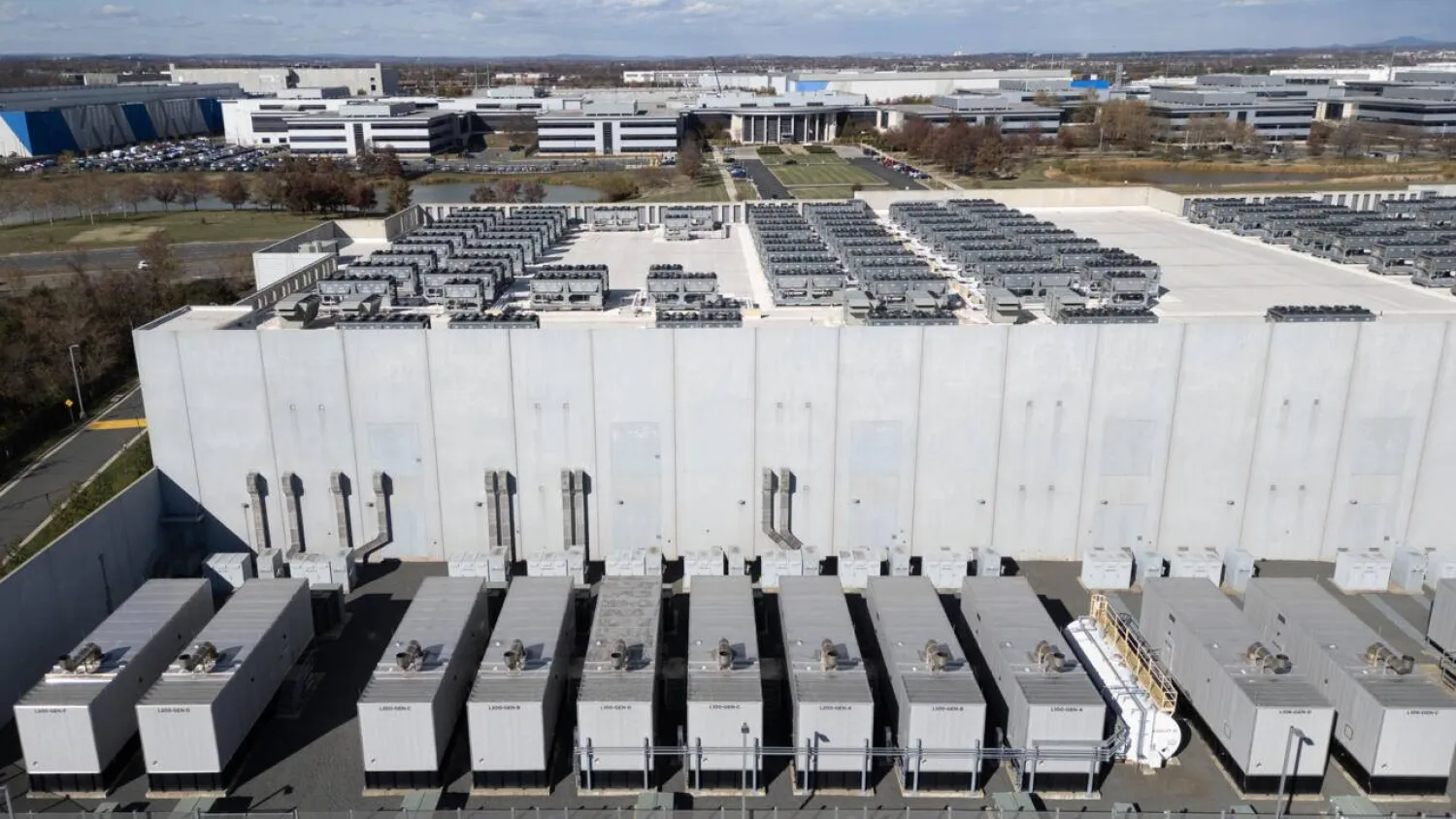US economic growth in the third quarter came in at 4.3 percent on an annualized basis, easily topping expectations, according to Commerce Department data released Tuesday.
The report, which also showed an acceleration in inflation, provides reassurance about the world's largest economy after other recent data showing a weakening labor market. It comes as worries have moderated over President Donald Trump's tariffs and as large tech companies advance massive investments to build new artificial intelligence infrastructure.
The gross domestic product report -- delayed for nearly two months due to a government shutdown -- reflects increases in consumer spending, exports and government spending, partially offset by a decrease in investment, according to the department's Bureau of Economic Analysis.
The reading, an initial estimate expected to be updated in early 2026, marks the highest GDP in two years. Analysts had expected 3.2 percent growth, according to consensus estimates from MarketWatch and Trading Economics.
The report also showed the price index for domestic purchases rose 3.4 percent, a much higher inflation reading compared with 2.0 percent in the second quarter.
The data suggest faster growth and higher inflation than markets had expected -- potentially changing the calculus for upcoming US monetary policy decisions.
Trump pointed to the report as evidence that the "Trump Economic Golden Age is FULL steam ahead," the product of a "genius" policy on tariffs and "NO INFLATION," disregarding line-item aspects of the data showing otherwise.
Other recent data has shown a weakening job market that has prompted the Federal Reserve to cut interest rates at the last three meetings, viewing the employment picture as its prime concern even as inflation has lingered above two percent.
- 'Resiliency of US consumers' -
Heather Long, chief economist at the Navy Federal Credit Union, wrote that the report shows the resiliency of US consumers, boding "well for 2026."
"If the economy can avoid widespread layoffs, most American consumers can keep spending," she said.
Joe Brusuelas, chief economist at RSM US, said the GDP data suggest that while growth has been robust, job creation remains "soft" and this dynamic "is likely to be the major economic narrative looking forward into 2025."
The report also falls into the trend of what economists have described as "K-shaped," where consumption is driven by the wealthy, Brusuelas wrote.
US stocks were little changed following the GDP data, as some saw lower odds that the Fed will again cut next month.
"I think the implication is that with the GDP numbers being as strong as they are, that gives the Fed additional reason to be on hold at the January (Fed) meeting," said CFRA Research's Sam Stovall.
While inflation remains well above the Fed's two percent target, Fed Chair Jerome Powell and other policymakers have described the weakening employment market as the greater concern at the moment.
The Fed's median 2026 GDP forecast is 2.3 percent, up from 1.7 percent projected in 2025, according to a summary of the central bank's outlook.
The data shows "an economy that is growing, but unevenly, one where inflation is still running well above the (Fed's) target," said Mike Fratantoni, chief economist of the Mortgage Bankers Association, who predicted just one rate cut in 2026.
- Ebbing tariff angst -
Tuesday's report reflects a much improved US macroeconomic outlook compared with earlier in 2025, when worries about Trump's aggressive trade policy changes weighed on sentiment.
But by the latter stages of 2025, Trump's administration had negotiated agreements with China and other major economies that prevented enactment of the most onerous tariffs.
Meanwhile, an AI investment boom by Chat GPT-maker OpenAI, Google and other tech giants continued to pick up momentum, keeping the US stock market near record levels.
A December 18 outlook piece from S&P Global Ratings said AI investment would likely buoy the economy but could be offset by political uncertainty under Trump.
"US trade policy uncertainty has settled down, but not US policy drama overall," S&P said.
"Statutory US tariff rates may not move much in 2026, but uncertainty around laws, norms, investment rules, military actions and geopolitics more generally will remain elevated," S&P said. "This uncertainty will likely dampen investment and discretionary consumption."









